1. Monkeys in Space
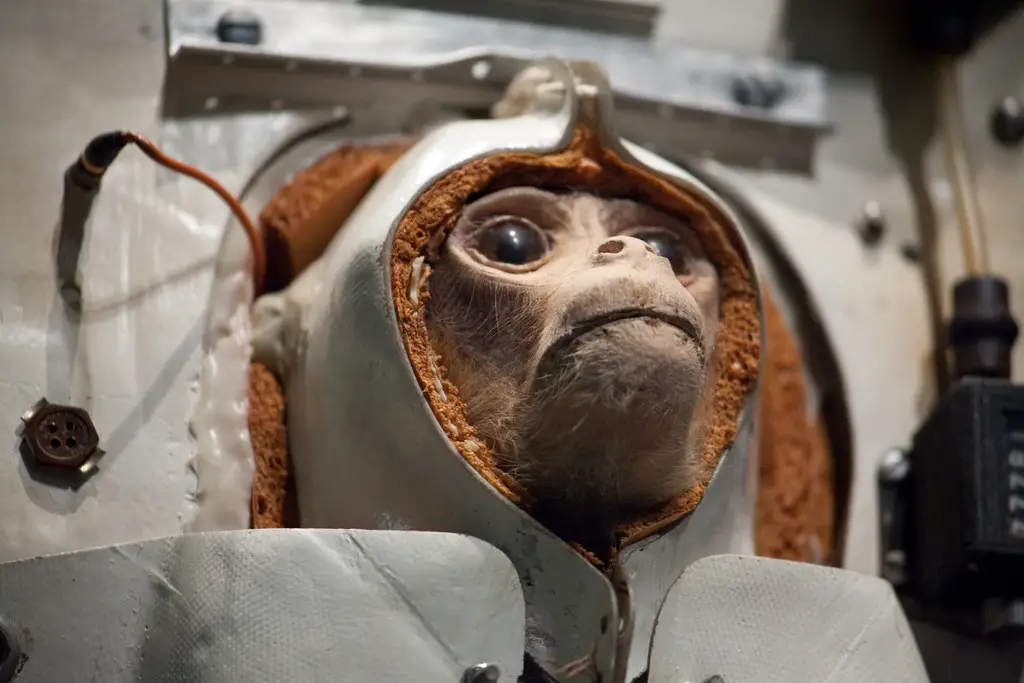
Before humans attempted space travel, monkeys were used to test rockets and capsules. Scientists wanted to study survival in extreme conditions, so they strapped monkeys into small seats and launched them into the unknown. Some missions were fatal, while others ended with the animals returning shaken but alive. These early experiments were praised as milestones, yet they were also deeply unfair to the creatures that never had a choice. Their journeys helped pave the way for human exploration, but at a steep cost. The sight of a tiny monkey in a bulky space suit remains both fascinating and unsettling.
2. Bomb-Carrying Dogs
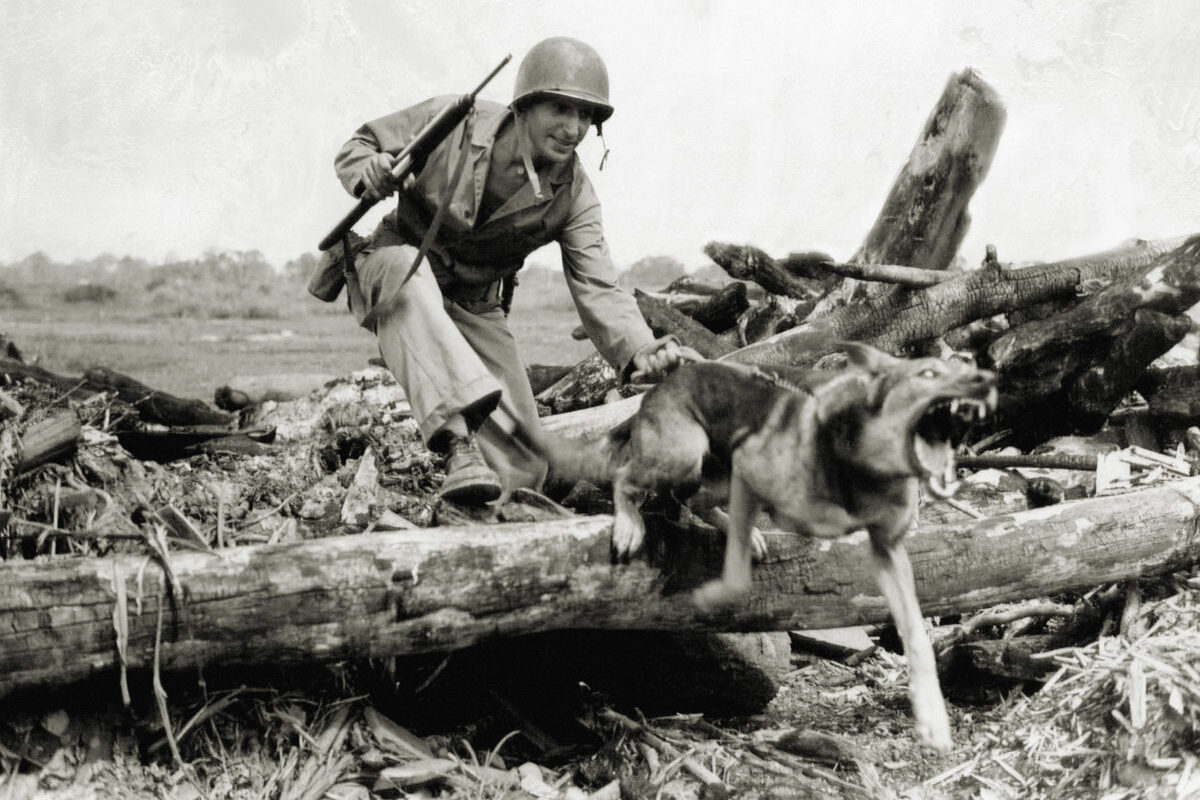
During World War II, the Soviet army trained dogs to carry explosives and run under enemy tanks. The plan was grim and dangerous, forcing loyal animals into impossible missions. Many of the dogs panicked from the chaos of war and sometimes returned to their handlers instead. Soldiers described it as desperate and heartbreaking, with dogs treated as disposable weapons. While the strategy was quickly abandoned, it remains one of history’s strangest wartime experiments. It highlights how desperation during conflict often led to choices that were harsh on animals, who had no understanding of the battles they were sent into.
3. Cats in the Navy
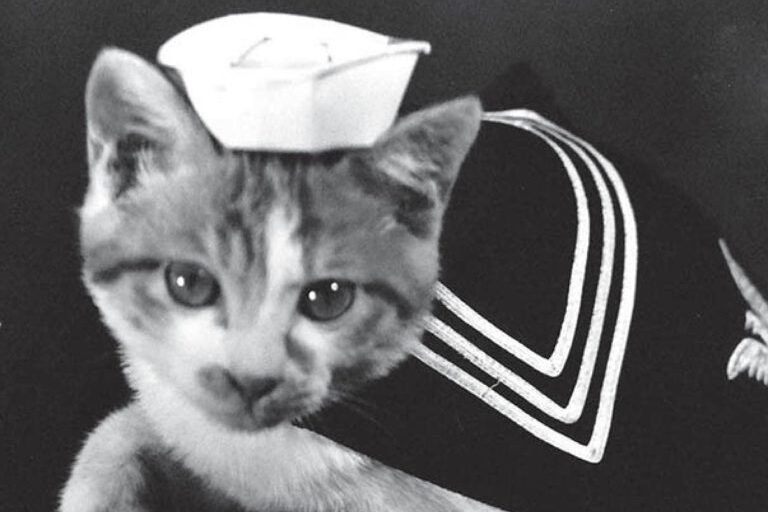
Cats have long been welcomed aboard ships for their skill at catching rats, which threatened food supplies and carried disease. Over time, some were even given ranks, treated as if they were part of the crew. One cat might be known as the ship’s mascot, another remembered for its bravery during rough seas. Sailors often relied on their company for comfort during long voyages. While these stories seem amusing, they also show how people sometimes assigned official duties to animals that were just being themselves. In truth, cats simply followed their instincts, even while being praised as officers.
4. Pigeons as Missile Guides
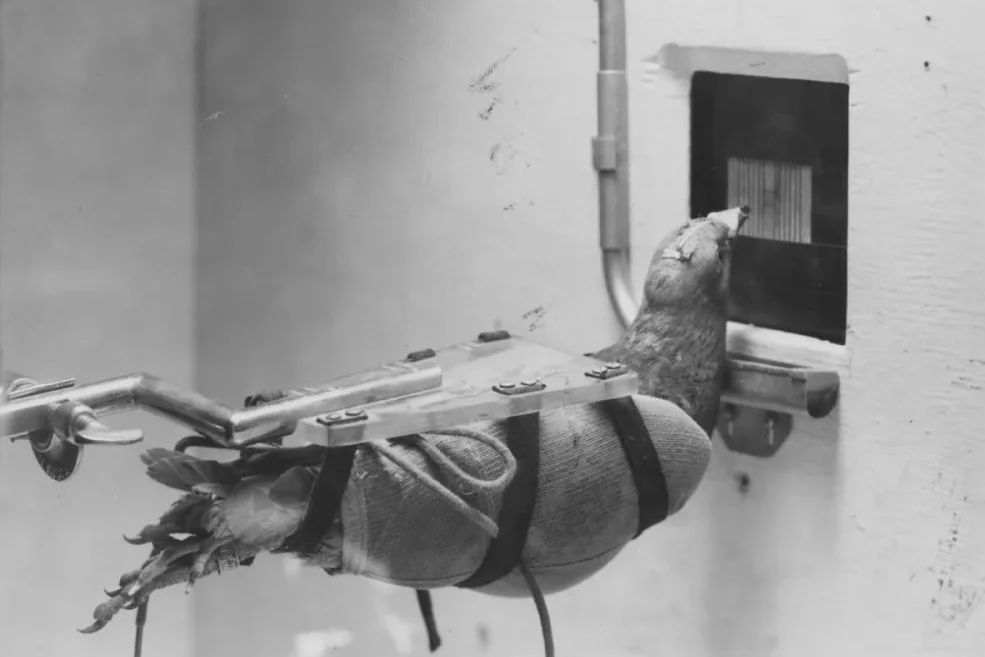
In World War II, scientists attempted to train pigeons to guide bombs by pecking at images of enemy targets. The idea was unusual but surprisingly effective in tests, as pigeons consistently pecked toward the correct spot. However, the project was abandoned in favor of electronic guidance systems, which seemed more practical at the time. The thought of birds steering missiles now sounds almost unbelievable, yet it reflected the creativity and desperation of the era. Although pigeons never saw action in this role, it remains a striking example of how animals were drafted into tasks far beyond their natural abilities.
5. Elephants as Loggers

Asian elephants were widely used in logging camps to drag massive tree trunks across forests. Their great strength made them valuable to industries that sought efficiency, but the work was harsh and often dangerous. Many elephants were kept in chains, forced to labor long hours in difficult terrain, with little care for their wellbeing. For decades, this was treated as a normal practice, especially in countries where elephants were abundant. Looking back, it is difficult not to see the strain and suffering these animals endured. What once seemed practical is now often remembered as deeply exploitative and unnecessary.
6. Donkeys as Ambulances
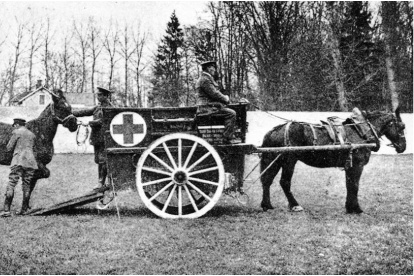
In wartime, donkeys were used to carry wounded soldiers across battlefields. These small but sturdy animals were often sent directly into danger, transporting men through gunfire and explosions. Their resilience made them reliable, but they had no protection from the chaos around them. Soldiers grew attached to the donkeys that saved countless lives, yet the reality was that the animals bore the same risks without understanding them. They became silent heroes of war, remembered for their steady service. It is both heartwarming and saddening to think of how much was asked of them in moments of human conflict.
7. Dogs (and All Animals, Really) as Circus Performers
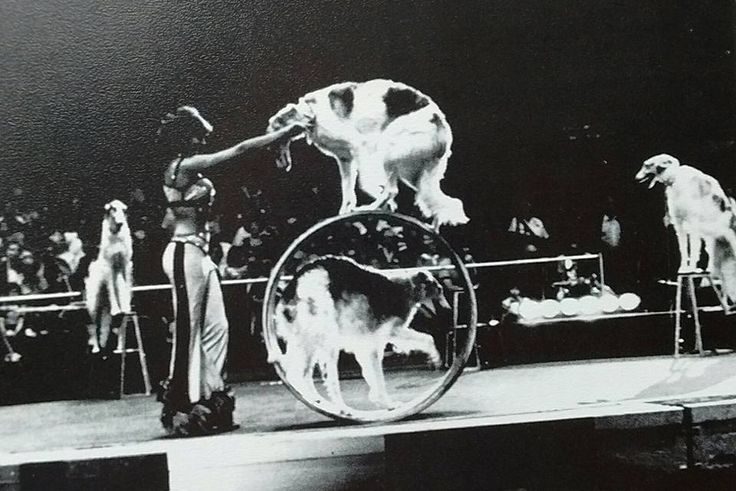
Circuses once used dogs as performers, training them to ride bicycles, leap through hoops, and even walk tightropes. Audiences cheered as the animals carried out routines that looked playful but were often stressful behind the scenes. Many dogs were forced to repeat tricks under strict training methods, with little regard for their comfort. To the public, it was lighthearted fun, but for the animals it was simply obedience under pressure. Today, these acts feel out of place, as people have grown more aware of animal welfare. What was once celebrated now looks like an unnecessary form of entertainment.
8. Seals as Mine Detectors
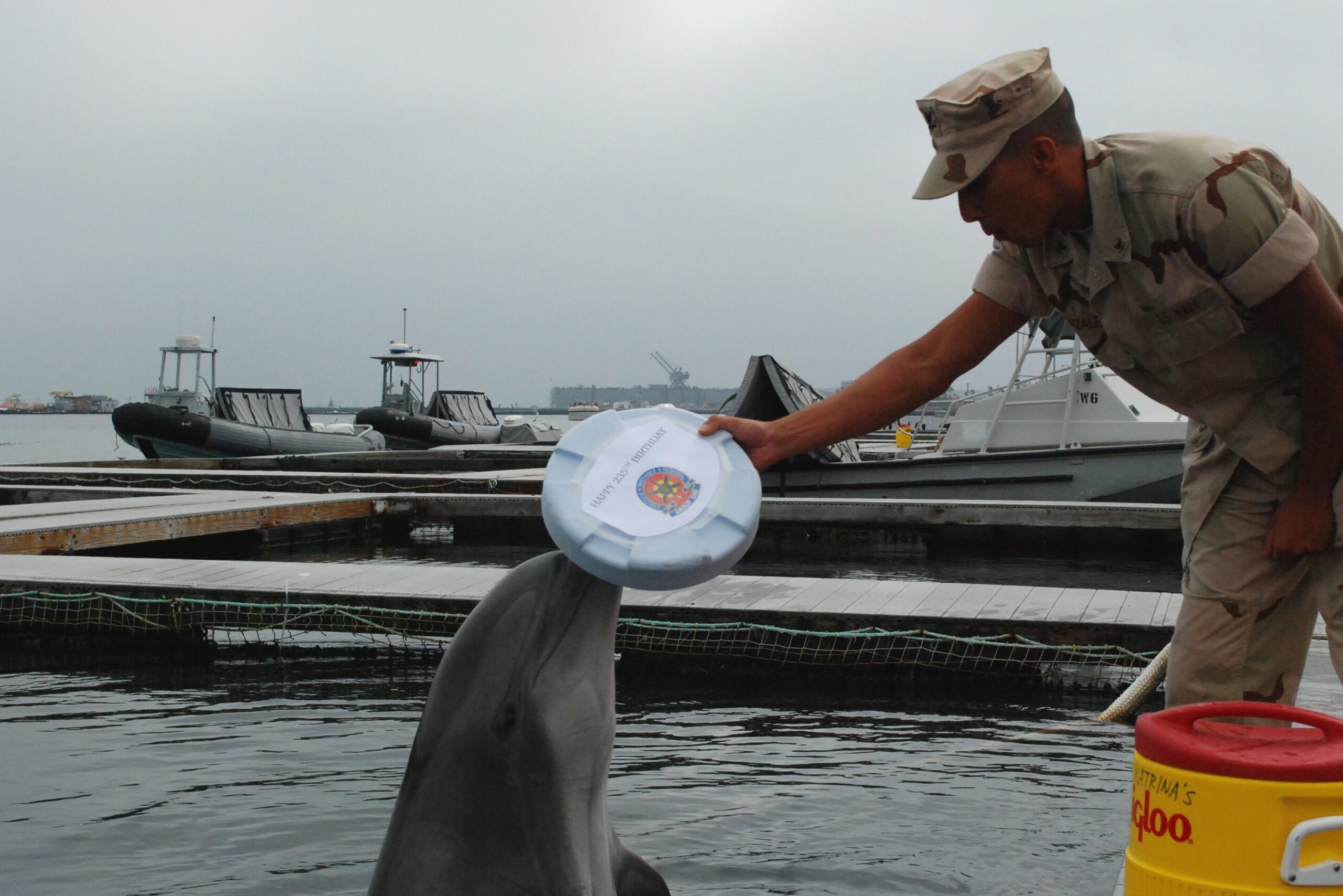
The military once trained seals to locate underwater mines, using their natural ability to dive deep and navigate with ease. Seals were fitted with harnesses and taught to signal when they found suspicious objects. The program seemed clever, but it put the animals in dangerous waters, far beyond their natural lives in the ocean. While seals adapted well to the tasks, the risk they faced was real. Their use in this role highlights a time when ingenuity often overshadowed compassion. It remains one of the more unusual attempts at blending nature’s skills with the demands of human conflict.
9. Bears as Wrestlers
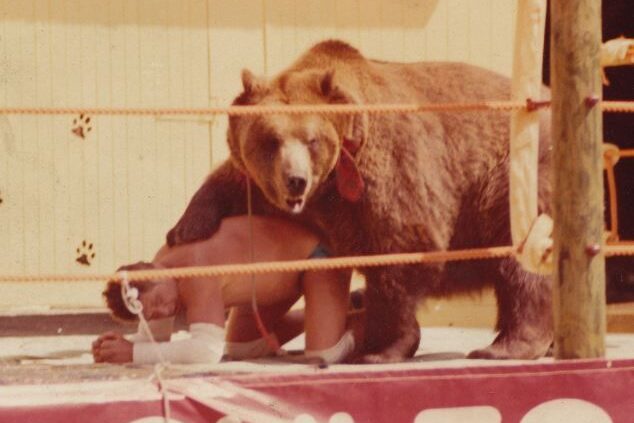
In mid-century America, bears were forced into wrestling matches with humans at fairs and bars. Often drugged or declawed, the animals were made to appear threatening but were left defenseless against exploitation. Crowds laughed and cheered, treating it as harmless fun, while the bears endured humiliation. The practice seems shocking today, but for years it was simply accepted as entertainment. It reveals how much attitudes have shifted, with people now more likely to see such events as cruel. The image of a bear in a ring shows how far society once went to satisfy its taste for unusual spectacles.
10. Horses in Coal Mines
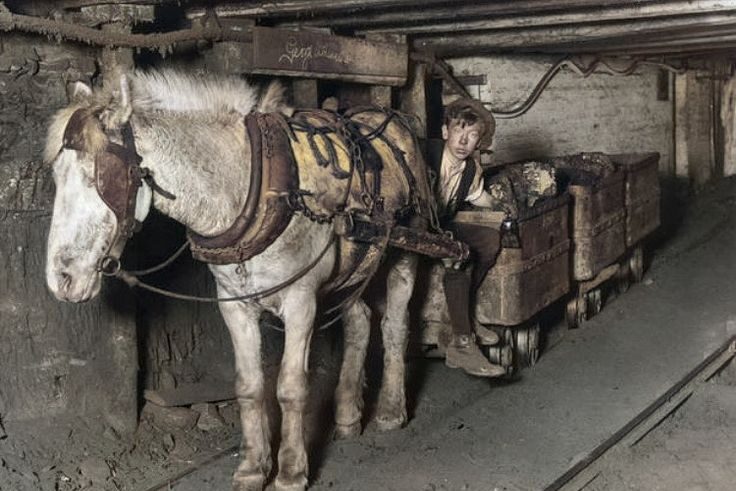
Deep underground, ponies and horses were once used to haul coal carts through narrow tunnels. Many were kept below the surface for years, rarely seeing daylight. Their strength was essential to the mining industry, yet their lives were confined to darkness and heavy labor. Miners often grew fond of the animals, but affection did little to change the conditions they endured. The animals worked tirelessly, treated as tools rather than living beings. Today, the thought of horses spending entire lives in mines feels unimaginable. It stands as a reminder of how far industries once leaned on animal endurance.
11. Goats in Uniform
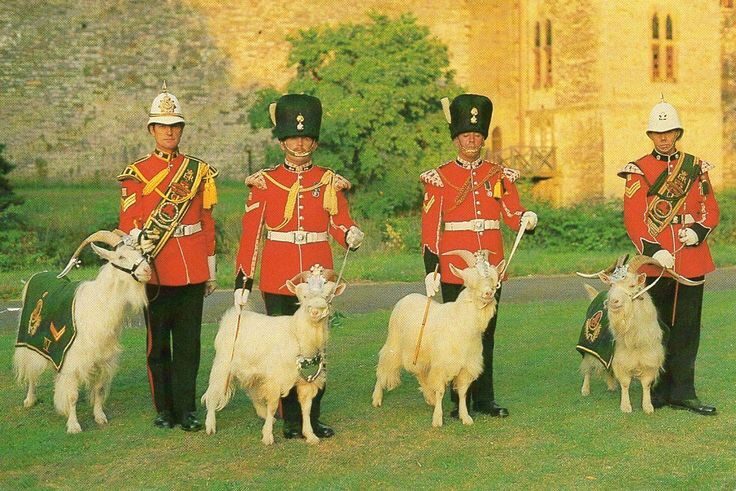
In some regiments, goats have long been given ceremonial roles, marching in parades dressed in uniforms and sometimes even assigned ranks. Soldiers trained them to walk in formation, adding a touch of spectacle to military tradition. While lighthearted, it also placed animals into rituals they could not understand. The goats became symbols of pride and humor, remembered fondly by their units. At times they even misbehaved, refusing to follow commands, which only made the events more memorable. It shows how people often mix animals into human traditions, turning them into mascots for ceremonies they never chose.
12. Chimps as Waiters
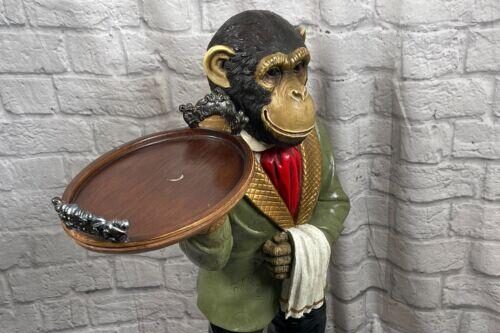
In the 1950s, some restaurants decided to entertain guests by dressing chimpanzees in tuxedos and teaching them to serve food and drinks. Patrons laughed at the sight of chimps carrying trays, but behind the act was an uncomfortable truth. The animals had no choice in their role, and training often involved stress and confusion. What was once considered clever now feels strange and unnecessary. Looking back, it reminds us of how lightly people once treated animals for amusement. Today, many would see it as more unsettling than charming, a reminder of changing values in society.
13. Oxen in Prison Farms
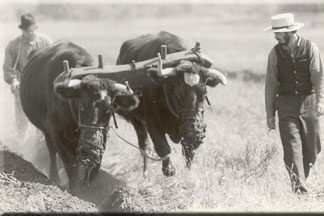
Oxen were used for hard labor on prison farms in the United States well into the 20th century. They pulled plows, hauled wagons, and performed the same exhausting routines every day without pay or relief. Much like the prisoners themselves, the oxen were treated as part of the system, with little thought given to their suffering. Their lives were bound to work and repetition, often until they were too old or weak to continue. It is a sobering reminder of how exploitation extended beyond people. Both man and animal carried the burden of systems built on control and endurance.
This story 13 Ridiculous Jobs They Gave to Animals and Got Away with It was first published on Daily FETCH


